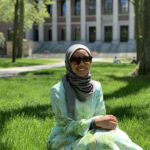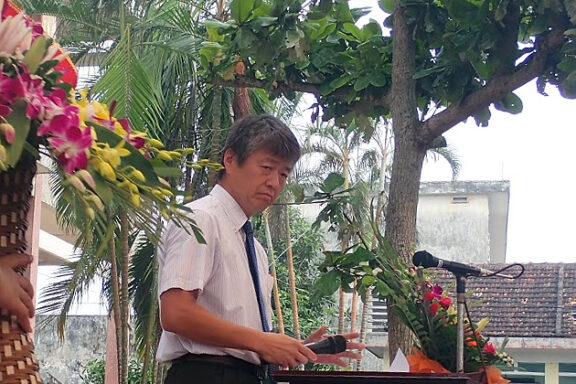This year, the Public Relations Committee has chosen to create videos introducing the Center for Southeast Asian Studies. Unlike previous approaches, our goal now is to visually showcase the institute’s strengths and attractions, moving beyond verbal or textual descriptions of its activities.
As the appointed lead producer of these videos, I undertook this role during my second year as an assistant professor at the Center. To gain a deeper understanding of the Center’s strengths, I engaged in discussions with fellow faculty members, visiting researchers, and administrative staff. These conversations provided insights from a diverse array of perspectives and positions.
The Center’s interdisciplinary nature, global perspective, and collaborations with both domestic and international area studies institutions have been spotlighted in various media. However, direct conversations with the Center’s members unveiled more personal narratives behind these achievements. For example, social scientists and humanity specialists conveyed that the institute fosters an environment where researchers aren’t confined to trends within a single discipline. Instead, they are encouraged to pursue research agendas aligned with their specific regions, issues, or personally significant problems. Associate Professor Ryota Sakamoto emphasized the Center’s establishment of a system and culture that uphold and safeguard academic diversity.
Academic Diversity of CSEAS
Among the researchers, Professor Walden Bello articulated that the Center serves as a haven for scholars who face political or academic persecution in their home countries, enabling them to conduct research freely. Representatives from various Asian countries also shared their perspectives, stating that the Center serves as a platform for experts from diverse fields and nations to convene and engage in discussions. Furthermore, the emphasis on multilingual publishing has garnered significant international recognition. This highlights the Center’s commitment to facilitating free exchange of ideas not only in English but also in other Asian languages, amplifying its role as a hub for unrestricted scholarly dialogue.
Publication Activities and International Networks – CSEAS Kyoto University
As a young researcher in Southeast Asia, educated and trained in Singapore, I’m particularly drawn to the institute’s connections with renowned scholars who have contributed to international Southeast Asian Studies and Kyoto University’s esteemed area studies institutions.
Amidst these discussions, the question of the target audience for this advertisement emerged. The Center engages with various stakeholders: governmental bodies, Kyoto University, researchers and academic associations involved, Japanese citizens, and the communities of the researchers’ fields. Answering the question “Who are we addressing?” in the context of area studies presents challenges, but this Center thrives through collaboration between these groups locally and internationally.
In March, we enlisted Mr. Ryo Kusumoto, a filmmaker, to visualize these conversations. Three videos were planned: “Area Studies at Kyoto University: Characteristics and Challenges,” “Academic Diversity of CSEAS,” and “Publication Activities and International Networks.” The approach involved multiple faculty members representing the institute’s strengths in concise video segments, resulting in nine diverse faculty members being featured.
During the filming day, we explored the institute’s premises, conducting interviews and capturing footage of the surroundings, facilities, offices, and historical materials. One vivid memory is the inclusion of brief shots showcasing various historical materials and field notes. Mr. Kusumoto stressed, “To create visually compelling films about this Center, showcasing the researchers’ tools is crucial.”
In the video titled “Area Studies in Kyoto University,” Associate Professor Yoshimi Nishi’s 1999 field notes from Aceh appears a few seconds. A captured photo on the page displays graffiti reading “Referendum,” along with post-it notes detailing a conflict-ridden village devoid of men, evoking the tense atmosphere of that time. During filming, we spread out an array of historical materials—pamphlets, student newspapers, cassette tapes, and her fieldnotes—within the library’s reading room. The camera captured me flipping through pages while Associate Professor Yoshimi Nishi recounted her Aceh experiences.
Area Studies at Kyoto University: Characteristics and Challenges
In another scene from a different video, Professor Michael Feener’s research notes fill a shelf alongside old Jawi and Arabic books, and archaeological survey tools. Each office of the faculty reflects her/his encounters with such “artifact” and fields just like a small museum.
These movies showcase the Center’s diverse strengths and attractions, including tangible items, networks, individual researchers, and their research endeavors. I hope you find these videos enjoyable and appreciate their depth, even though their brevity only offers fleeting glimpses into their richness.

Main Cast
Area Studies at Kyoto University
Academic Diversity of CSEAS
Publication Activities and International Networks
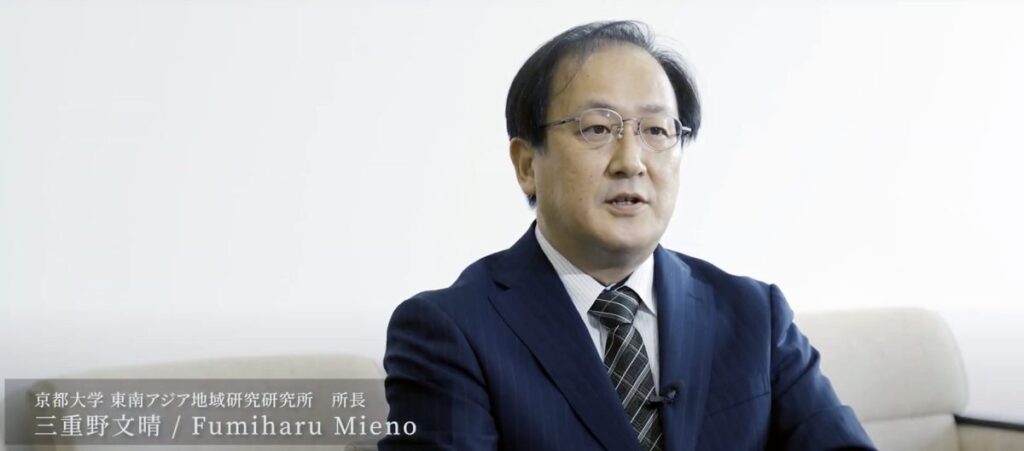


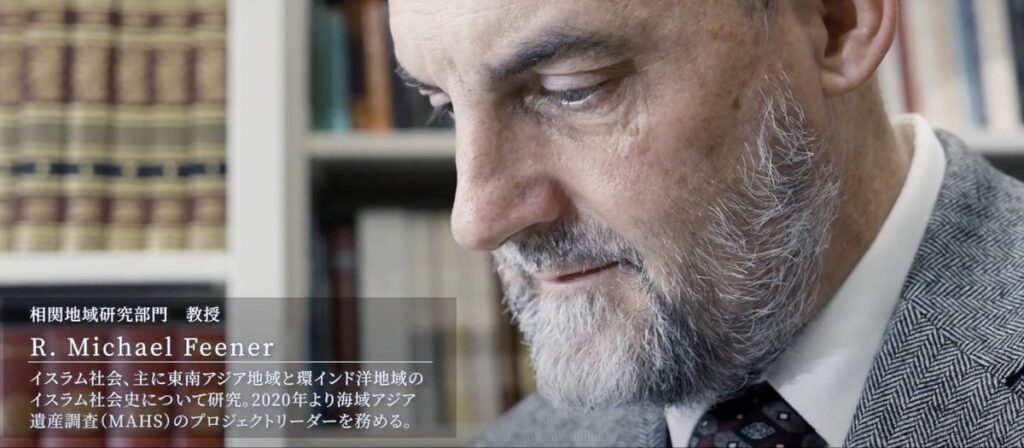

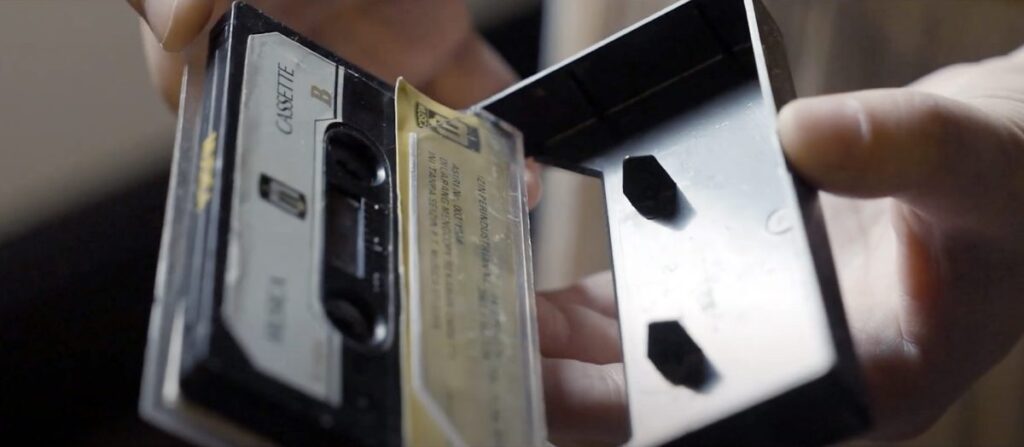
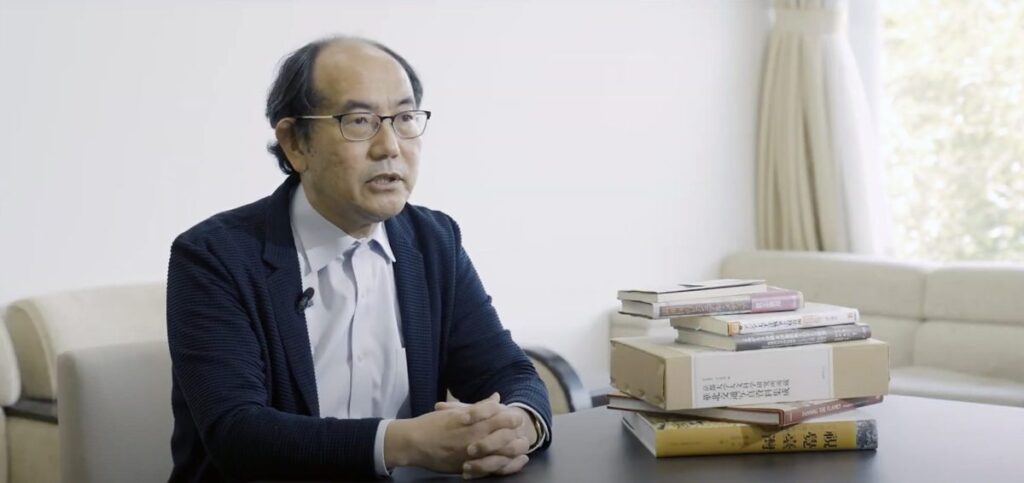
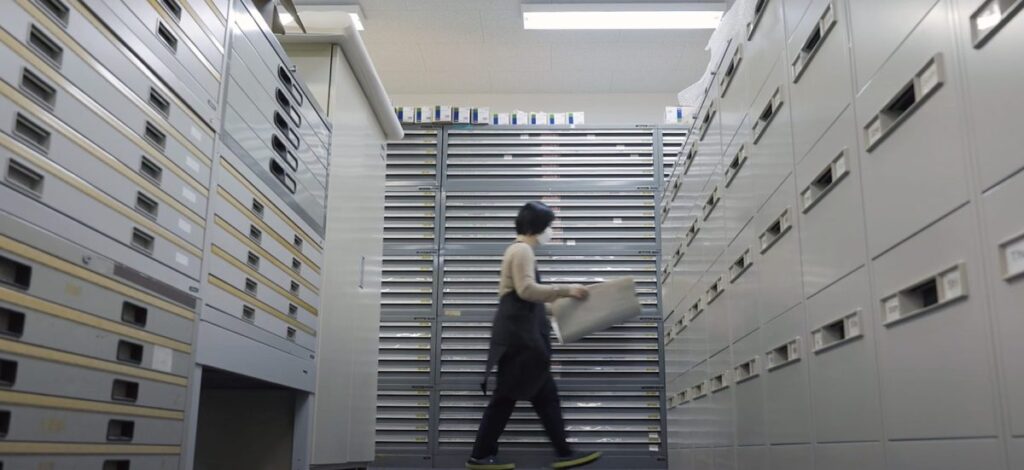
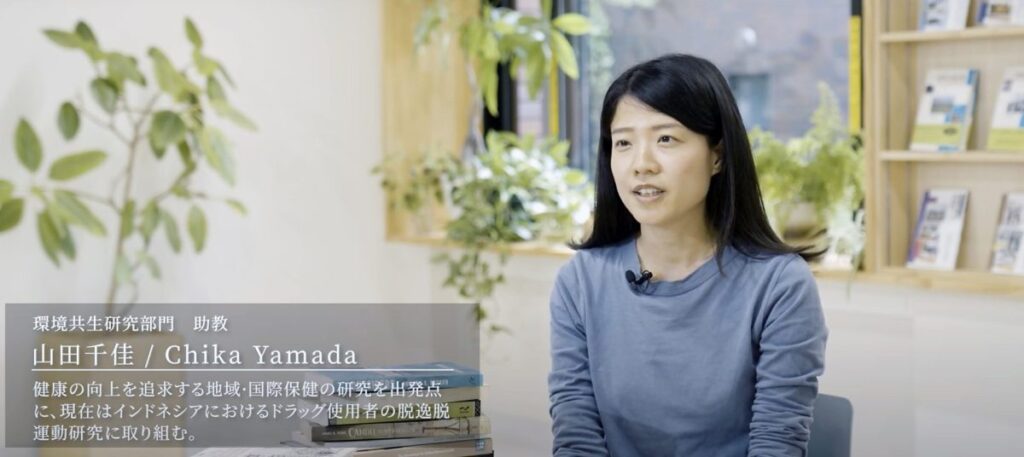



This article is also available in Japanese. »
「研究所紹介動画制作の舞台裏―博物館やネットワークとしてのCSEAS」
(土屋喜生)


